When man stopped using his hands to walk, he gained two intricate, prehensile, multi-fingered instruments. From constructing tools to more abstract activities such as writing or making music, hands allow man to put his thoughts into action. Hands are located at the end of the upper limbs. They are formed by a complex system of bones, muscles, ligaments, tendons, arteries, veins and nerve endings. The human hand is formed by 27 bones. No other part of the human body has so many bones. Bones in human hands are divided into three groups: The carpus, or wrist, the metacarpus or palm and back of the hand, and the finger bones, also known as phalanges. The eight bones of the carpus form the articulation with the forearm. Carpal articulation is particularly mobile. The metacarpus has five bones that form a radial articulation within the carpus. This articulation is less mobile, but allows the palm to move inwards.
One finger extends from each of the metacarpus bones. Each finger is made of three bones, except the thumb, which has only two. Segmentation allows fingers to flex, close and extend into a number of different shapes. A distinguishing trait in humans is the opposable thumb, which can oppose or turn back against the other four fingers. It has helped the human species develop more accurate motor skills. Thumbs allow humans to grip and handle objects in ways that would otherwise be impossible. The hand has muscles and tendons that allow fingers to move independently from one another. Muscles and tendons are divided into two large groups. The first group includes flexors, which flex the fingers. The second group includes extensors, which straighten them out. All the fingers’ muscle bands come together at the wrist, forming two bulges at the base of the palm.
Hands are both strong and precise, allowing control over all movements. The hand is also one of the most sensitive parts of the human body. Numerous nerve endings are located in the palm, and especially in the fingertips. Each fingertip has a nail. Nails are made of keratin, a tough, insoluble protein, like the hair on our heads and bodies. They help protect the fingers and handle very small objects. Hands are also an important communication tool. Gestures often replace the voice, and hand movements are used by humans to emphasize what they are saying with words. Gestures used in communication are sometimes induced by emotions and involuntary, which at times may be more spontaneous than verbal communication.
One finger extends from each of the metacarpus bones. Each finger is made of three bones, except the thumb, which has only two. Segmentation allows fingers to flex, close and extend into a number of different shapes. A distinguishing trait in humans is the opposable thumb, which can oppose or turn back against the other four fingers. It has helped the human species develop more accurate motor skills. Thumbs allow humans to grip and handle objects in ways that would otherwise be impossible. The hand has muscles and tendons that allow fingers to move independently from one another. Muscles and tendons are divided into two large groups. The first group includes flexors, which flex the fingers. The second group includes extensors, which straighten them out. All the fingers’ muscle bands come together at the wrist, forming two bulges at the base of the palm.
Hands are both strong and precise, allowing control over all movements. The hand is also one of the most sensitive parts of the human body. Numerous nerve endings are located in the palm, and especially in the fingertips. Each fingertip has a nail. Nails are made of keratin, a tough, insoluble protein, like the hair on our heads and bodies. They help protect the fingers and handle very small objects. Hands are also an important communication tool. Gestures often replace the voice, and hand movements are used by humans to emphasize what they are saying with words. Gestures used in communication are sometimes induced by emotions and involuntary, which at times may be more spontaneous than verbal communication.
RELATED
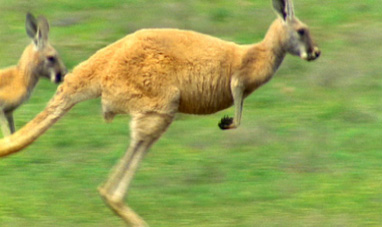

KANGAROO


OIL


CHEMICAL BONDS
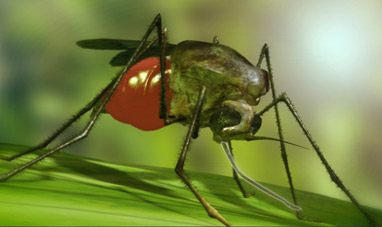

MOSQUITO


EAGLE
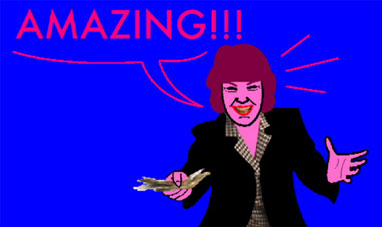

EBAY


GULL


GIRAFFE
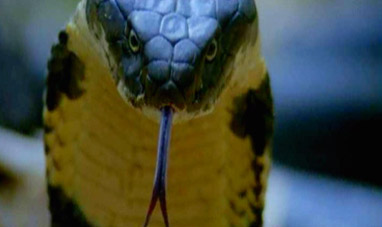

COBRA


SEAL


BARRACUDA
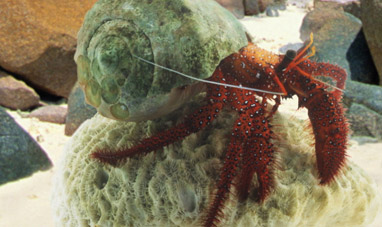

HERMIT CRAB
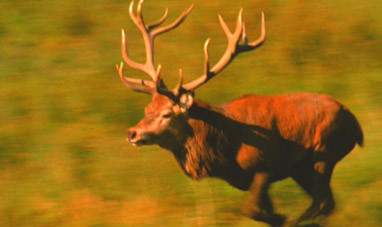

DEER
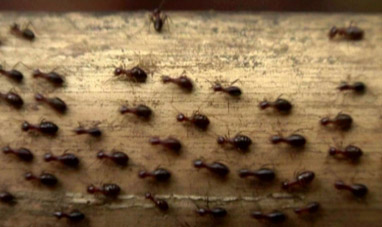

ANT
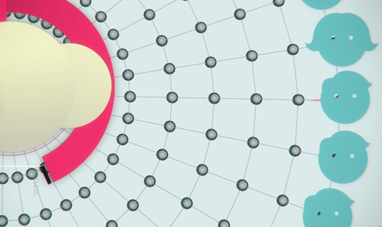

CLOUD COMPUTING


EOLIC


METEORS
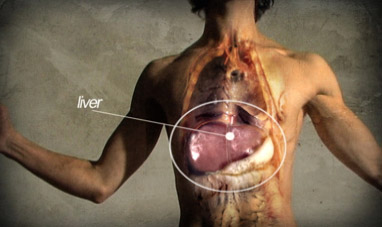

THE LIVER
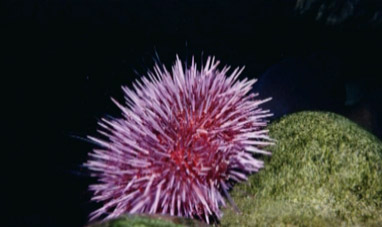

SEA URCHIN
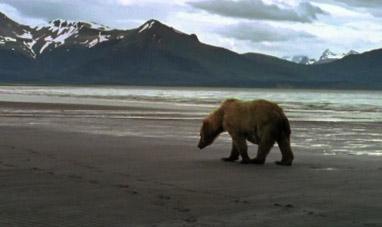

BEAR


PULSARS


COMETS
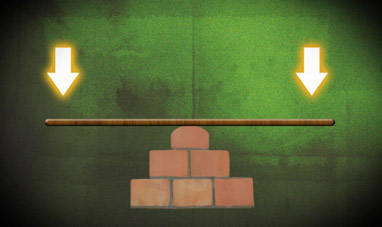

FORCE, EQUILIBRIUM AND LEVERAGE


STORK
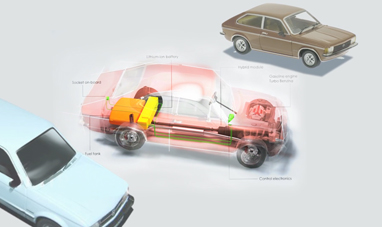

HYBRID VEHICLE


CITRUS FRUIT


MANTA RAY


DESERTS


NEBULAE
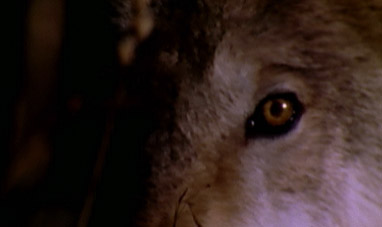

WOLF
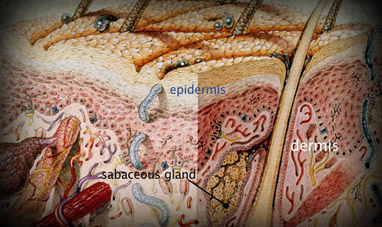

SKIN
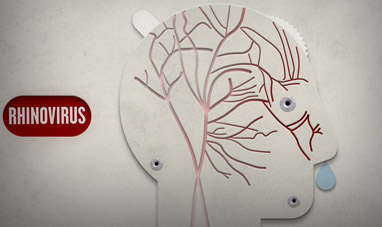

COMMON COLD


QUASARS


GALAXIES


THE FEET


H2O
